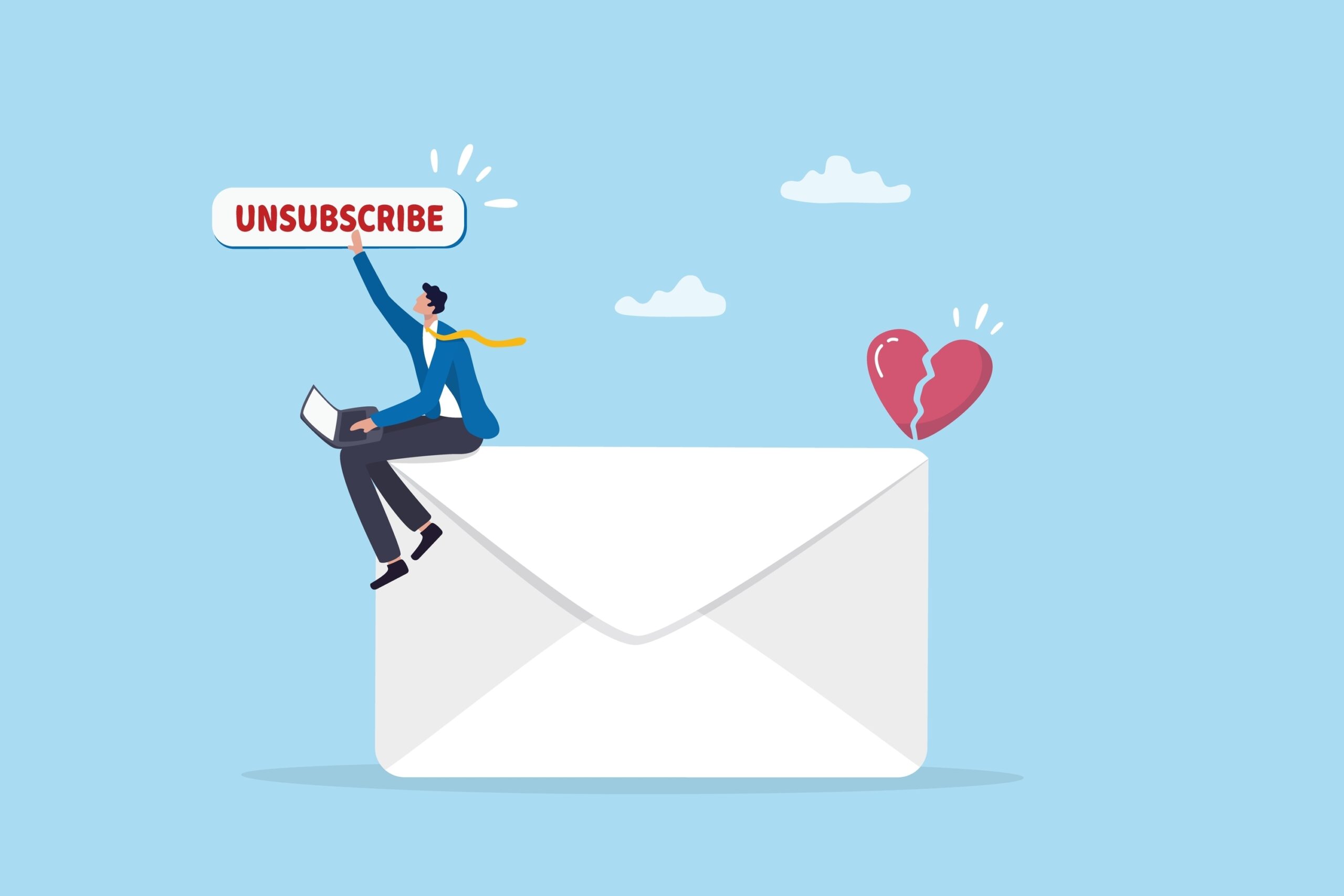An unorganized email list isn’t just annoying; it’s a marketing Achilles’ heel. It leads to low open rates, irrelevant content, unsubscribes, and wasted effort. The solution? Strategic email segmentation. This powerful technique helps you turn that digital dust bunny collection into a marketing machine.
In this guide, you’ll learn why organizing and implementing email segmentation is about strategy and results. We’ll cover how to clean up your existing list and then how to organize it, ensuring your messages resonate with the right people, every single time.
The Superpowers of Smart Email Segmentation
Imagine hosting a dinner party. Would you serve the exact same meal to every guest if you knew some were vegetarian and others had allergies? Of course not! You’d tailor the menu to delight each person. Your email marketing should be no different.
That’s the core of email segmentation: it’s about treating your subscribers like individuals, not just entries on a spreadsheet. When you practice effective email segmentation, magical things happen:
- Higher Open & Click-Through Rates: When your content is highly relevant to a specific group, they’re far more likely to open it and click through.
- Increased Conversions & Sales: You’re sending the right message about the right product or service to the right people at the right time, dramatically boosting your chances of a sale.
- Improved Customer Relationships: Showing your subscribers you understand their needs builds trust and loyalty. It tells them you’re listening, not just broadcasting.
- More Efficient Marketing Efforts: Stop wasting time crafting broad messages that appeal to no one. Focus your energy on targeted campaigns that deliver real results.
Simply put, email segmentation isn’t a “nice-to-have”; it’s a must-have for anyone serious about effective email marketing.
Organizing Your Existing List for Better Email Segmentation
Before you start segmenting your list, you need to clear out the clutter. Here are three steps you should take first:
- Remove Inactive Subscribers: These are the digital ghosts on your list – people who haven’t opened or clicked an email in 6-12 months. They hurt your deliverability rates and skew your data. Consider a re-engagement campaign first, offering something valuable. If they still don’t respond, it’s time to politely say goodbye. This step improves the quality of your list.
- Standardize Your Data: Inconsistent data is a segmenter’s nightmare. Ensure consistent naming conventions for fields (e.g., “First Name”). Clean up any messy data, like typos or incomplete entries. Most email service providers (ESPs) have tools to help.
- Review Your Opt-In Process: Are you attracting the right people? Ensure your sign-up forms are clear about what subscribers will receive. Using double opt-in is a best practice, ensuring subscribers truly want to be on your list.
Practical Ways to Segment Your List
Now for the fun part! The golden rule of email segmentation is this: you can segment by almost anything you collect data on.
Here are some common ways to segment your audience and why:
- Demographics:
- Location: Great for local businesses or region-specific offers.
- Age/Gender/Company Size: Tailor language and offers if relevant to your product or service.
- Purchase History/Customer Status: Tailor suggestions for products or services based on what they’ve bought or where they are in their customer journey.
- New Customers: Welcome email sequences, onboarding tips.
- Repeat Buyers: Loyalty programs, exclusive discounts, related product recommendations.
- Abandoned Carts: Crucial for recovering lost sales.
- Engagement Levels:
- Highly Engaged: Send them your best content, early announcements.
- Barely Engaged: This segment is prime for re-engagement campaigns.
- Website Behavior: Your website tells a story about their interests, informing your email segmentation.
- Pages Visited: If someone viewed your “About Us” page, tell them more about your company!
- Products Viewed: Send follow-up emails about items they showed interest in.
- Lead Source: How did they get on your list?
- Specific Lead Magnet: Tailor content related to that download.
- Webinar Attendees: Follow up with related resources.
- Interests/Preferences (Self-Selected): Let them tell you what they want – it’s like a cheat sheet!
- Use surveys or a preference center where subscribers can choose the types of emails they want to receive.
Most modern Email Service Providers (ESPs) have robust email segmentation features that make this process straightforward.
Maintenance & Monitoring Your Email Segmentation
You’ve done the hard work, but a clean, organized, and segmented list isn’t a “set it and forget it” kind of deal.
- Regular Cleaning: Schedule periodic list hygiene.
- Monitor Performance: Keep a close eye on your open rates, click-through rates, and conversion rates for each segment. This data will tell you what’s working with your email segmentation.
- Adaptability: Your audience and business evolve, so your email segmentation should too.
Organizing and implementing email segmentation might seem daunting, but it’s one of the most impactful things you can do for your email marketing. It transforms your list from a chaotic collection of addresses into a dynamic, responsive asset that truly engages your audience.
Ready to take your email marketing to the next level? Contact Katava Marketing today for expert guidance and strategies tailored to your business goals.





